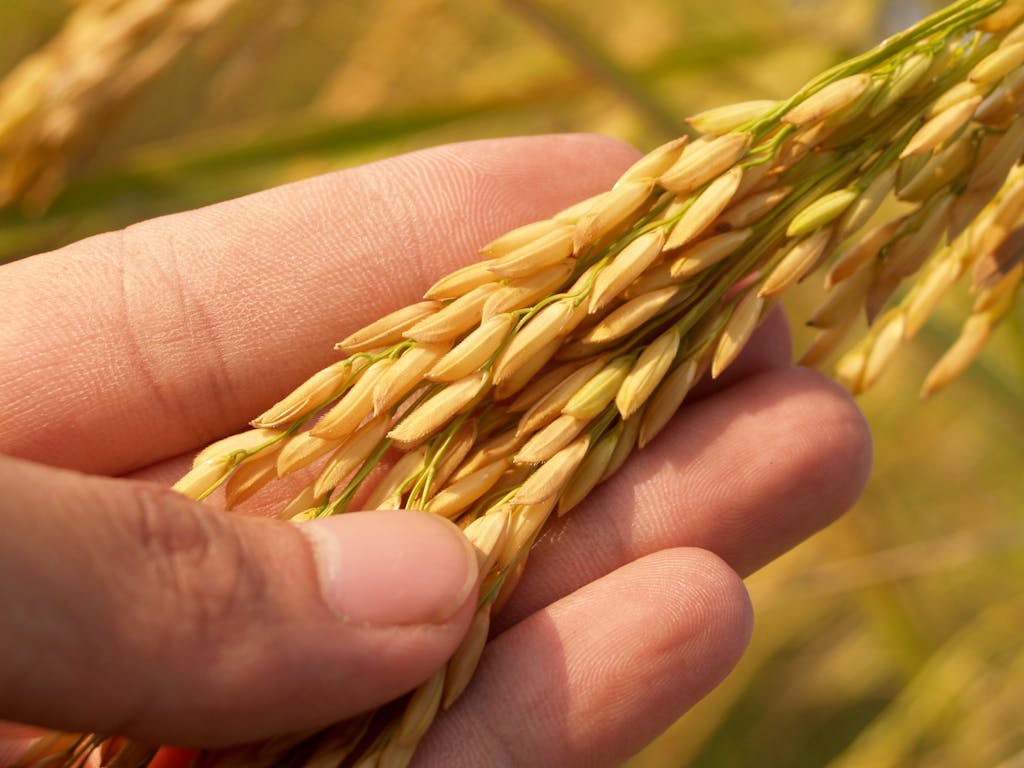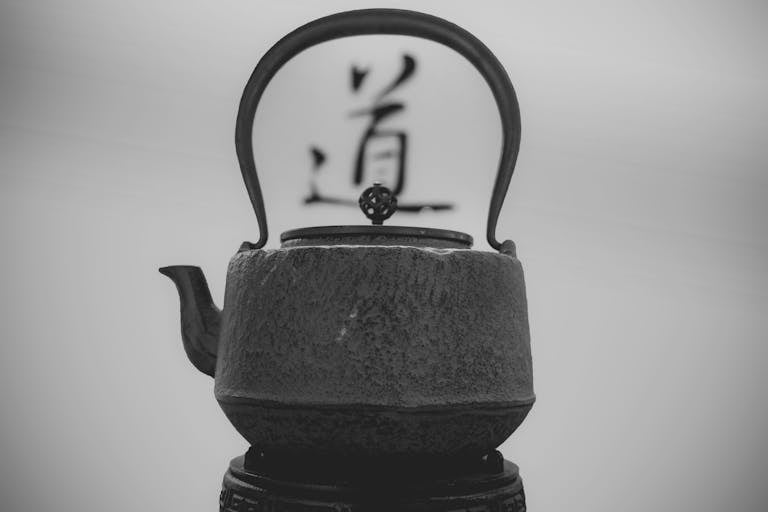Sacred Rice: Unveiling What GHQ Feared and Erased Part 1
Introduction
In the last post, I wrote how GHQ discovered the secrets to Japanese strength and prosperity. Fearing them, GHQ set out to destroy these elements that provided Japanese people with a life force for centuries, cleverly disguised as democratizing and modernizing policies and regulations. In this post, I will focus on the most important key element in the traditional Japanese diet and the source of strength: rice. Without any delay, let’s get rambling!

Sacred Origins and Cultural Significance
Rice was the first plant given to Japanese people from the creator deity Amaterasu (天照大神, Sun Goddess) in ancient times. For thousands of years, naturally grown rice served as the most important element in the Japanese traditional diet. Rice provided people with energy needed for hard physical labor and fostered the ideal gut flora (more on that in later post), creating harmony among people and the environment.
Historically, Japanese people consumed 4 to 5 times more rice compared to their modern counterparts. This deeply rooted dietary tradition remained largely unchanged until the aftermath of World War II and the arrival of the Allied occupation.
The GHQ and Dietary Transformation
When reviewing world history of colonization, we can observe that victors and colonists often dominate conquered peoples by introducing their own food crops—as wheat spread globally with colonization. Following this pattern, the General Headquarters (GHQ) of the Allied occupation launched a significant transformation of the Japanese diet.
Their first target was school lunches for Japanese children. At the war’s end, America had an excess of wheat. The GHQ saw this as a dual opportunity to:
-Dispose of surplus wheat
-Transform Japanese dietary habits starting with children, thereby creating a future customer base for American wheat products
The excess American wheat, treated with fungicide, was shipped to Japan and served in school lunches throughout the country.
Propaganda and Policy Changes
The GHQ went beyond merely providing wheat; they directly advised key Japanese ministries—the Ministry of Health, Ministry of Agriculture and Forestry, and Ministry of Education—to use funds from wheat sales to create educational programs promoting Western dietary habits.
These initiatives included publishing propaganda materials with claims such as “eating rice will make you stupid” and “science shows that wheat bread is the proper diet for the new generation.” The GHQ even enlisted Japanese scientists to publish books that would encourage people to abandon the traditional Japanese diet in favor of a Westernized, wheat-based diet.
Agricultural Policy Shifts and Modern Consequences
By 1970, rice consumption in Japan had declined dramatically due to the GHQ’s successful campaign. The Japanese government implemented the Acreage Reduction Act to address the resulting rice surplus, subsidizing farmers to:
-Convert rice fields to wheat or soy production
-Grow rice solely for livestock feed
For nearly 50 years, Japanese citizens paid approximately 33.5 million dollars in taxes to reduce native rice fields.
What Now?
The Acreage Reduction Act was finally abolished in 2017. Most prefectures in Japan expressed plans to promote and increase the local rice cultivation then. Now in 2025, 80 years after the GHQ’s dietary intervention, Japan faces a severe rice shortage—an ironic outcome of policies that intentionally diminished the cultivation of this once-sacred staple food. Now that we know the intentional programming done by foreign forces to demolish our sacred food source, I do believe that we can reverse the effect with our conscious effort. Japan’s produce is highly sought after in the world as well. There are many opportunities for restoration and growth for naturally grown native food, rice. Even here in America, my half-Japanese children often prefer eating rice over bread. This gives me hope that our DNA and cells have memory imprinted for the taste and the nutrient of sacred rice. More and more Japanese people are also realizing what I am writing here: the importance of honoring our lineage through traditional food. I have been noticing more small-scale farms growing their own heirloom rice with natural farming methods in Japan.
Next Journey…
In this ramble, I went over how Japanese original food rice faced abolishment from GHQ’s indoctrination program to weaken Japan and her people. The situation that we face today might seem dire, but I feel that there’s always hope as we all possess our cultural remembrance and treasures pulsing within us, even after many decades of sleeping. Now that I have collected yet another fragment piece for my cultural restoration and awaken, we will end this rambling journey on the sacred rice. Thank you for joining me on this journey, and the next up is on sake (酒), a sacred brew made from our sacred rice, and another item often offered for gods in Shinto altars. Please leave a comment as I love to hear from you! And I will see you on the next ramble! お元気で。Take care friends.







3 Comments